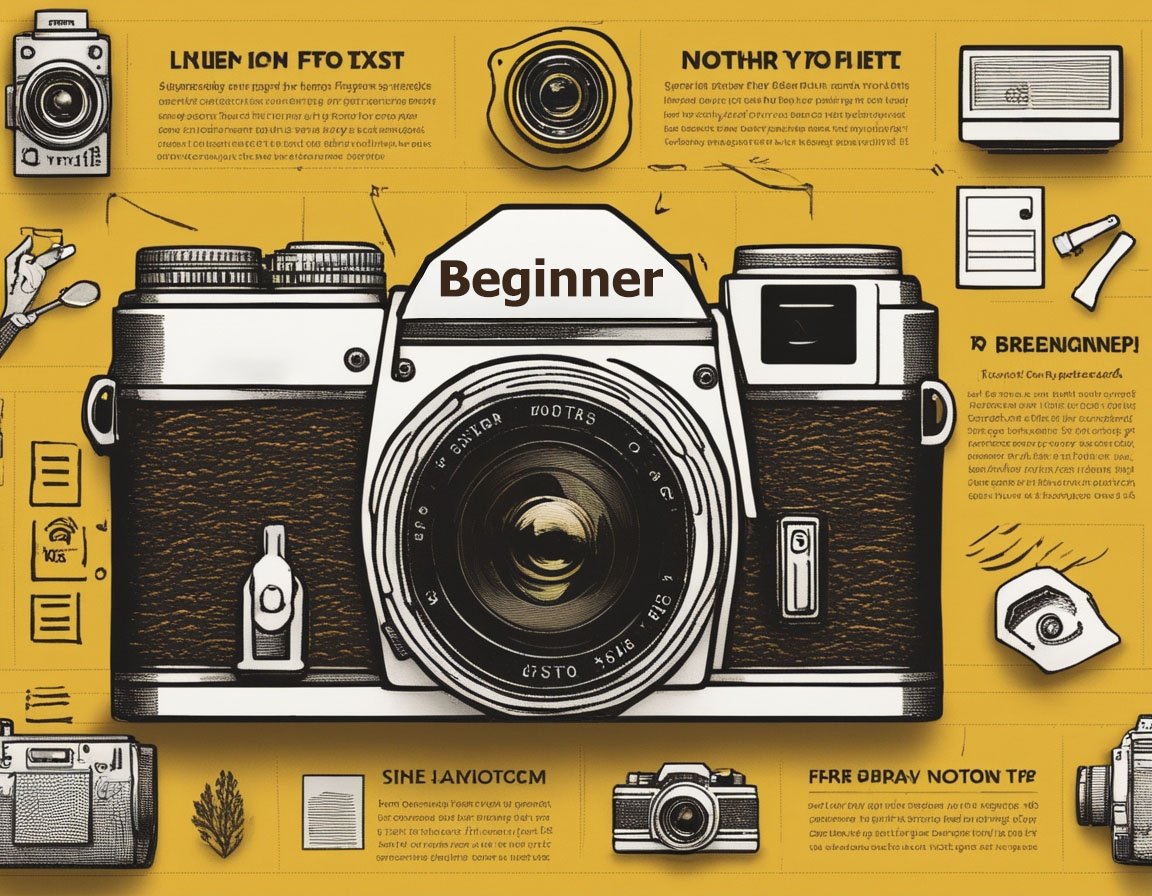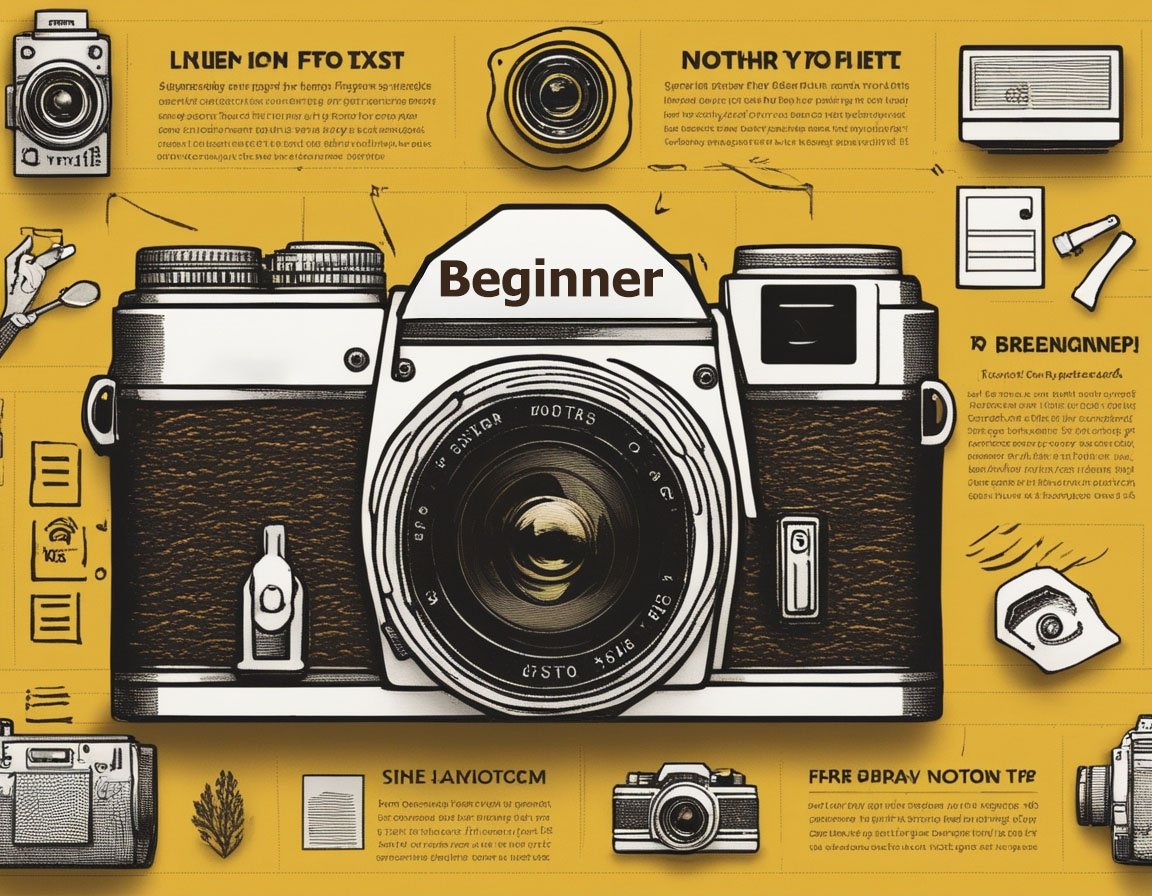Choosing your first camera can be an exciting yet daunting task. With so many options available, it’s essential to understand your needs and the features that matter most. This comprehensive guide provides tips to help you find the perfect camera for your photography journey.
Understand Your Photography Goals
Before diving into the world of cameras, it’s crucial to determine what you want to achieve with your photography. Are you interested in landscape photography, portraits, wildlife, or perhaps street photography? Identifying your primary focus will help narrow down your options. For instance, if you’re drawn to travel photography, a lightweight and compact camera may suit you better than a bulky DSLR.
Set a Budget
Cameras come in a wide range of prices, so establishing a budget is a vital first step. Consider not only the camera body but also additional expenses such as lenses, memory cards, camera bags, and editing software. A budget will help you filter out options and prevent impulsive purchases that may lead to buyer’s remorse later on. Remember, investing in quality gear can pay off in the long run, but it doesn’t mean you have to spend a fortune.
Choose Between Camera Types
There are several camera types to choose from, including DSLRs, mirrorless cameras, point-and-shoots, and smartphone cameras. Each type has its advantages and disadvantages.
– **DSLRs**: These cameras offer excellent image quality, a wide range of lenses, and great manual control. They can be heavier and bulkier, making them less ideal for travel.
– **Mirrorless Cameras**: These are lightweight and compact, with similar image quality to DSLRs. They typically have faster autofocus and can shoot video effectively.
– **Point-and-Shoot Cameras**: These are user-friendly and portable, perfect for beginners who want to capture moments without the hassle of changing settings.
– **Smartphone Cameras**: While not traditional cameras, modern smartphones come equipped with excellent cameras and editing features, making them a convenient option for casual photography.
Consider Sensor Size and Image Quality
The sensor size plays a significant role in image quality. Larger sensors generally capture more light, resulting in better low-light performance and improved depth of field. Full-frame sensors are typically found in high-end cameras, while APS-C and Micro Four Thirds sensors are common in entry-level models. If you plan to shoot in various lighting conditions, investing in a camera with a larger sensor may be beneficial.
Look for Essential Features
When selecting your first camera, consider the features that will enhance your photography experience. Key features to look for include:
– **Autofocus System**: A good autofocus system can make a significant difference, especially in fast-paced environments. Look for cameras with multiple focus points and good tracking abilities.
– **Image Stabilization**: This feature helps reduce blurriness in your photos, especially in low-light situations or when shooting handheld.
– **Interchangeable Lenses**: If you choose a DSLR or mirrorless camera, having the option to change lenses can significantly expand your creative possibilities.
– **Video Capabilities**: If you’re interested in videography, check the camera’s video specifications, including resolution and frame rates.
Test the Camera in Person
Once you’ve narrowed down your options, it’s time to head to a camera store and test them out. Handling the cameras can provide insight into their ergonomics and user interface. Pay attention to how comfortable the camera feels in your hands and whether the buttons and menus are intuitive. Additionally, check the viewfinder and screen quality, as these will affect your shooting experience.
Read Reviews and Seek Recommendations
Before making a final decision, take the time to read reviews and watch video demonstrations of the cameras you’re considering. User feedback can provide valuable insights into the camera’s performance and reliability. Additionally, seeking recommendations from experienced photographers can help you identify models that may be particularly well-suited to your needs.
Consider Future Growth
As you embark on your photography journey, think about the long-term. Choose a camera system that allows for growth and expansion. Consider brands that offer a wide range of lenses and accessories, as this will enable you to explore different photography styles and techniques down the line. Investing in a camera that you can grow with will help keep your passion for photography alive.
In conclusion, choosing your first camera is an important step in your photographic journey. By understanding your goals, establishing a budget, exploring different camera types, and considering essential features, you’ll be well-equipped to make an informed decision. Take your time, do your research, and most importantly, enjoy the process of discovering the world through your lens.



